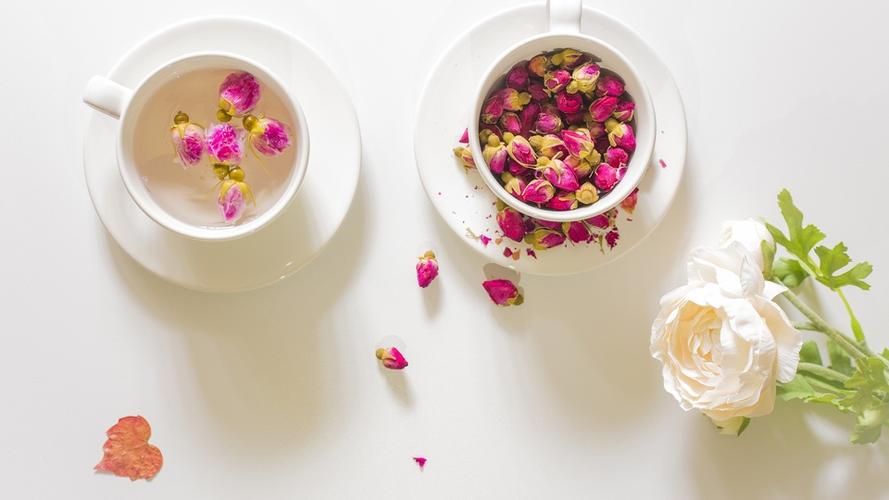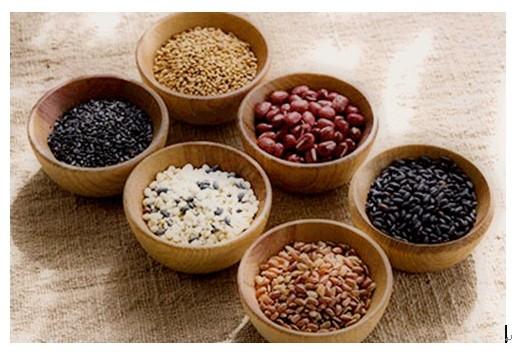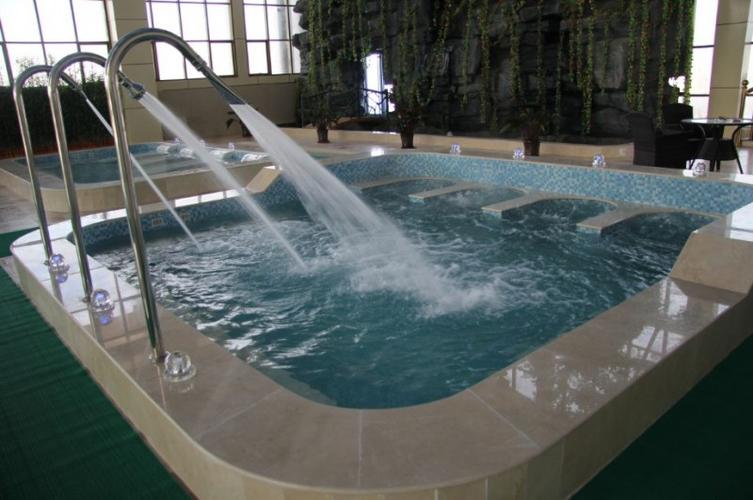- 本文目录导读:
- Introduction
- Understanding Traditional Chinese Medicine
- The Five Elements and Their Influence
- Diagnostic Techniques in TCM
- Treatment Modalities
- Dietary Therapy and Nutritional Guidance
- Mind-Body Practices: Qi Gong and Tai Chi
- Integration with Modern Medicine
- Conclusion
Introduction
In the realm of health and longevity, Traditional Chinese Medicine (TCM) stands as a beacon of holistic wellness, encompassing millennia of wisdom and practice. Rooted in a profound understanding of the body-mind connection, TCM offers a comprehensive approach to maintaining and restoring balance within the body. This article delves into the core principles of TCM, exploring its fundamental concepts, therapeutic methods, and practical applications in modern health practices.
Understanding Traditional Chinese Medicine
Traditional Chinese Medicine revolves around the concept of Qi (pronounced "chee"), the vital energy that flows through pathways in the body known as meridians. According to TCM theory, health is achieved when Qi is in harmony and flows freely, while illness arises from disruptions or imbalances in Qi flow. This holistic perspective views the body as a dynamic system influenced by internal and external factors such as emotions, diet, environment, and lifestyle.
The Five Elements and Their Influence
Central to TCM theory are the Five Elements—Wood, Fire, Earth, Metal, and Water—which correspond to organs, seasons, colors, and emotions. Each element symbolizes specific qualities and interactions within the body. For example, Wood represents growth and flexibility, associated with the liver and gallbladder, while Fire embodies warmth and transformation, linked to the heart and small intestine. Understanding these elemental relationships helps TCM practitioners diagnose and treat imbalances effectively.

Diagnostic Techniques in TCM
TCM diagnosis relies on a combination of methods, including observation, inquiry, pulse reading, and tongue examination. Through keen observation of a patient's complexion, voice, posture, and emotions, practitioners gather valuable clues about the state of Qi and potential health issues. Pulse reading involves assessing the quality, rhythm, and strength of pulses at different positions on the wrist, providing insights into organ function and overall vitality. Additionally, examining the tongue's color, coating, and shape offers further diagnostic information.
Treatment Modalities
TCM offers diverse treatment modalities tailored to individual needs. Acupuncture, perhaps the most recognized TCM therapy globally, involves inserting thin needles into specific points along meridians to regulate Qi flow and alleviate symptoms. Herbal medicine utilizes a vast repertoire of plants, minerals, and animal products to create personalized formulas addressing underlying imbalances. Chinese herbal remedies are prescribed based on TCM diagnostics and are known for their synergistic effects and minimal side effects compared to Western pharmaceuticals.
Dietary Therapy and Nutritional Guidance
In TCM, food is considered medicine. Dietary therapy emphasizes consuming foods that support one's constitution and address specific health concerns. For instance, warming foods such as ginger and cinnamon are recommended during cold weather to enhance circulation and digestion, whereas cooling foods like cucumber and watermelon are beneficial in hot climates to reduce internal heat. Nutritional guidance in TCM emphasizes balance, moderation, and seasonal eating to harmonize with nature and promote overall well-being.

Mind-Body Practices: Qi Gong and Tai Chi
Mind-body exercises play a pivotal role in TCM for cultivating Qi, improving circulation, and harmonizing the mind and spirit. Qi Gong and Tai Chi are ancient practices that integrate breath control, gentle movements, and meditation to promote relaxation, balance, and vitality. These practices are accessible to people of all ages and fitness levels, offering a holistic approach to stress management, mental clarity, and emotional resilience.
Integration with Modern Medicine
In recent years, there has been a growing recognition of TCM's complementary role alongside modern medicine. Integrative healthcare approaches combine the strengths of TCM's holistic philosophy with Western medical practices, offering patients a broader spectrum of treatment options and enhancing overall therapeutic outcomes. Collaborative efforts between TCM practitioners and Western healthcare professionals pave the way for a more inclusive and patient-centered approach to health and wellness.
Conclusion
Traditional Chinese Medicine stands as a profound testament to the art of holistic well-being, integrating ancient wisdom with contemporary understanding to foster health and longevity. By embracing TCM principles and practices, individuals can cultivate balance within their body, mind, and spirit, promoting vitality and resilience throughout life's journey.

转载请注明:成都会所桑拿-四川成都休闲桑拿推荐论坛! » 武汉桑拿 » Traditional Chinese Medicine and Health: The Art of Holistic Well-being
版权声明
本文仅代表作者观点,不代表成都休闲网立场。
本文系作者授权发表,未经许可,不得转载。































